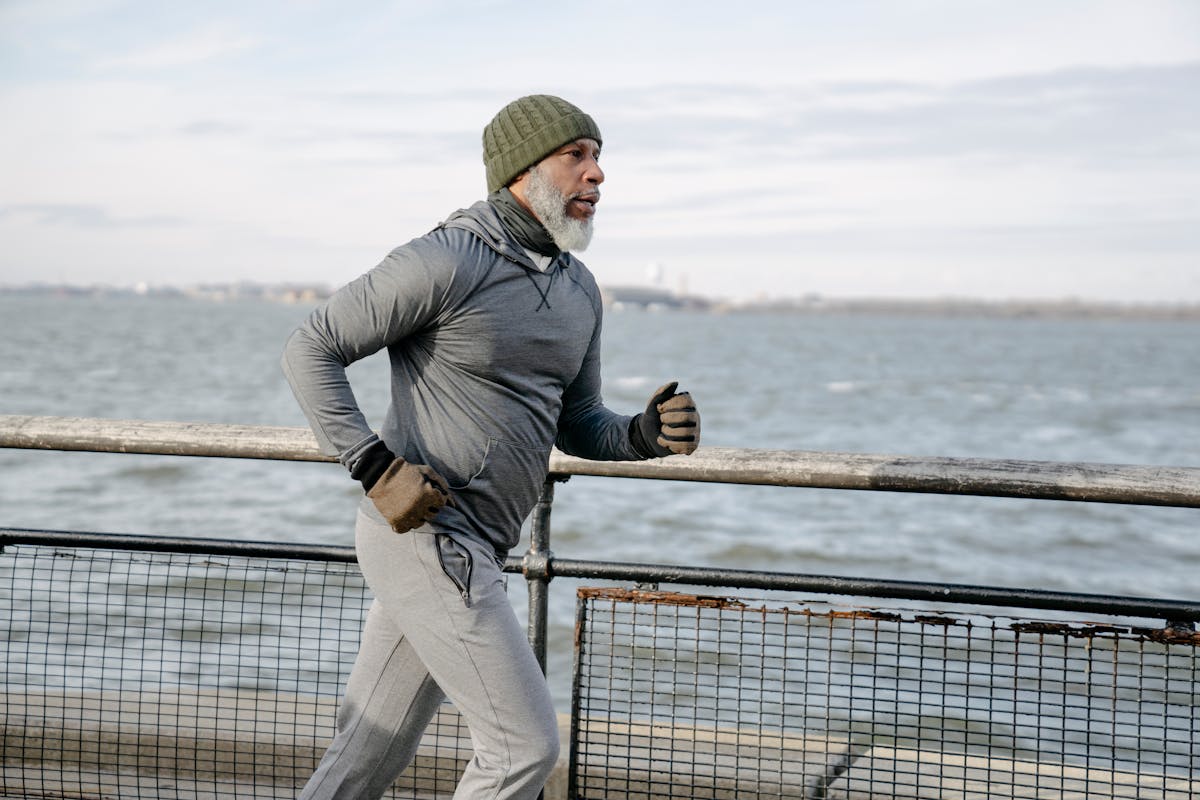

- Adopt adaptive techniques and modify your environment to enhance daily living with limited mobility.
- Engage in social activities and join groups for emotional support and improved mental health.
- Seek professional healthcare guidance to receive personalized mobility improvement strategies and specialized home care.
- Explore accessible hobbies and connect with communities that offer understanding and support for a fulfilling life.
As you age, it’s common to experience a decrease in mobility and flexibility. For older men, limited mobility can impact various aspects of daily life, from getting around the house to participating in favorite activities. However, there are ways to adapt and make living with limited mobility more manageable. This blog will discuss practical tips for older men who are dealing with limited mobility.
Stay Active

While it may seem counterintuitive, staying active is crucial for maintaining mobility and preventing further decline. Even if you have physical limitations, there are exercises that can be done from a seated position or with the help of assistive devices. Here are four examples:
Resistance Band Exercises
These can be done while seated and are great for building strength in the arms, shoulders, and legs. Resistance bands are affordable and come in various levels of resistance. Resistance band exercises can also help improve balance and coordination.
Chair Yoga
Yoga is a low-impact activity that focuses on stretching and strengthening the body. Many yoga poses can be modified to be done while sitting in a chair, making it accessible for those with limited mobility. There are plenty of online resources available for chair yoga routines specifically designed for older adults.
Walking With Assistance
If walking without assistance is difficult, consider using a cane or walker to help with balance and support. These devices can provide stability while allowing you to maintain some level of independence. Make sure to use the appropriate device for your specific mobility needs.
Water Aerobics
Exercising in water is excellent for those with limited mobility because the water’s buoyancy reduces pressure on the joints and bones. Many community centers and gyms offer water aerobics classes specifically for seniors. If you have access to a pool, you can also do water exercises on your own.
These exercises are just a few examples of ways to stay active and maintain mobility as you age. It’s essential to listen to your body and not push yourself too hard, but also not let physical limitations hold you back from staying physically active. Consult with your doctor before starting any new exercise routine, and always make sure to warm up properly before exercising.
Use Assistive Devices
There are many tools and devices available to help make daily tasks easier for those with limited mobility. From grab bars in the bathroom to walkers or canes for stability, these aids can significantly improve independence and safety. Speak with a healthcare professional or occupational therapist to determine which assistive devices would be most beneficial for your specific needs.
Modify Your Environment
Making small modifications to your living space can also make a big difference in improving accessibility and safety. This could include installing ramps for easier access, removing tripping hazards like loose rugs, or rearranging furniture to create wider pathways. Simple changes like adding handrails or raised toilet seats can go a long way in enhancing mobility at home.
Stay Socially Connected

Limited mobility can sometimes lead to feelings of isolation or loneliness, but staying socially connected is essential for overall well-being. Make an effort to maintain relationships with friends and family members through phone calls, video chats, or social outings when possible. Joining a local senior center or support group can also provide opportunities for social interaction and emotional support.
Seek Professional Help
If you’re struggling with limited mobility, don’t hesitate to seek help from healthcare professionals. These professionals can assess your situation and provide personalized recommendations for improving mobility through exercises, adaptive techniques, and assistive devices.
A professional home nursing care provider, in particular, can offer specialized care in the comfort of your own home. They can also connect you with other resources and services in your community. Choose a home nursing specialist who has experience in caring for individuals with limited mobility to ensure proper and compassionate care.
Navigating life with limited mobility can pose challenges, but by adopting adaptive techniques, modifying your environment, staying socially active, and seeking professional guidance, it’s possible to lead a fulfilling life. Remember, reaching out for support is a sign of strength, not weakness.
With the right strategies and a supportive network, you can overcome many obstacles limited mobility presents. Don’t hesitate to explore new hobbies that are accessible to you and seek out communities that understand your experiences. Above all, stay positive and proactive in your approach to daily living. Together, these steps can help enhance your quality of life, ensuring you remain independent and joyful.